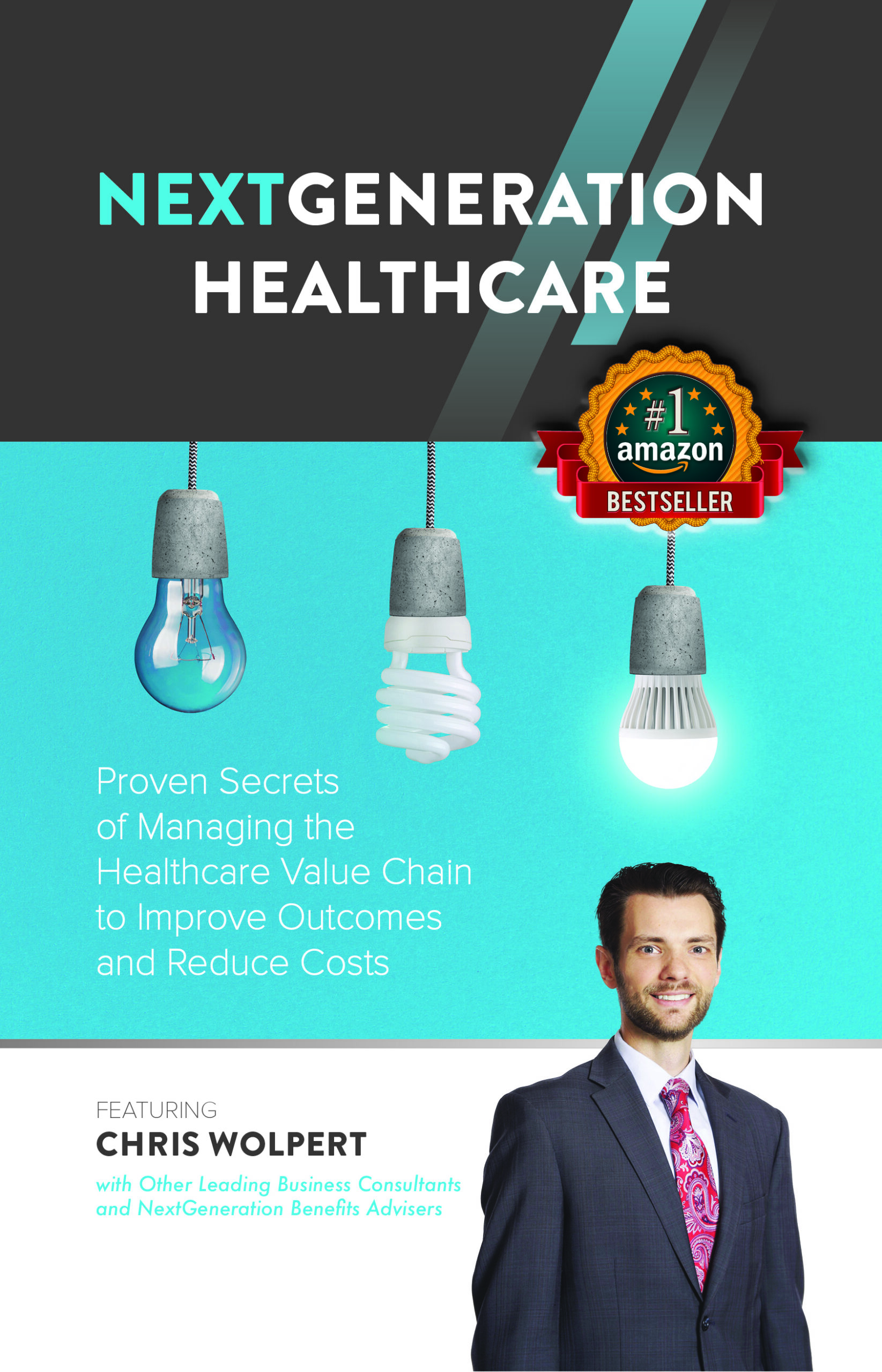A new report has found that small businesses that purchase their group health insurance online or through payroll vendors saw the largest premium hikes in 2022, significantly higher than those that went through brokers.
Overall rates for employers with 10 or fewer employees saw their family plan health insurance premiums jump 12% from 2021, compared to just 5.4% for all small to mid-sized businesses with up to 250 employees, according to the report by HR and benefits software company Ease.
The cost for individual group health plans increased 6.7% for the smallest SMBs, compared to just 4.3% overall between 2021 and 2022. As stated, the numbers for smaller companies were the most pronounced for those who buy their coverage online or via payroll vendors.
Meanwhile, employees’ share of premiums increased at a slower rate overall of 4.15% between 2021 and 2022, meaning that employers were not passing on the full increases in group health plan premiums to their staff.
Since 2018, individual premiums have increased by 21% while family premiums have increased by 18%. To put it into dollar signs, that’s an extra $104 for individuals and $231 for families each month for medical insurance.
The Ease report notes that those higher premiums are likely hurting those small employers more than larger SMBs with between 51 and 250 workers. The latter have seen an increase in health plan enrollment among their employees between 2018 and 2022, while those with one to 50 employees saw overall decreases. Overall, more than half of SMB employees opt out of their employer-sponsored coverage.
The HDHP effect
The report found that health maintenance organizations and preferred provider organizations continue to dominate the landscape in group health benefits for SMBs. While high-deductible health plan (HDHP) enrollment grew at an astounding 68% between 2021 and 2022, they only accounted for 6% of group health plan enrollment.
Some employers have gravitated towards HDHPs to reduce their and their employees’ overall premium spend, but these plans come at a cost: more out-of-pocket costs for workers.
In those cases, Ease CEO and co-founder David Reid recommends pairing an HDHP plan with other voluntary benefit plans that can “insure” gaps in coverage, such as short-term disability plans and group supplemental health insurance plans called Gap plans. They are similar to the Medigap supplemental insurance plans millions of seniors purchase each year to fill in holes in Medicare parts A&B.
Gap plans can help by providing coverage when employees have not met their health care deductible. These plans may cover most inpatient and outpatient services that are covered by the underlying primary health care plan and applied to the deductible or coinsurance provision.
Plans differ and employers may choose a variety of coverage options, including varied inpatient and outpatient benefits. Deductibles can be added to the plan to manage premium costs.
Coverage can often be configured to be compatible with HDHPs using health savings accounts.
Importance of your broker
Reid said that the report’s findings illustrate the importance of employers working with brokers and consultants to purchase their employee benefits.
“[SMBs] getting good advice are using more innovative solutions that allow them to make their dollars go as far as a large corporation’s dollar-spend on benefits,” he told the trade publication BenefitsPro. “Those who are bypassing a consultant and purchasing benefits through, say, their payroll vendor are generally seeing fully insured, off-the-shelf plans that increase in cost more quickly.”
As your broker, we have access to plans from different carriers and can work with you to put together offerings that will best accommodate your employees.

